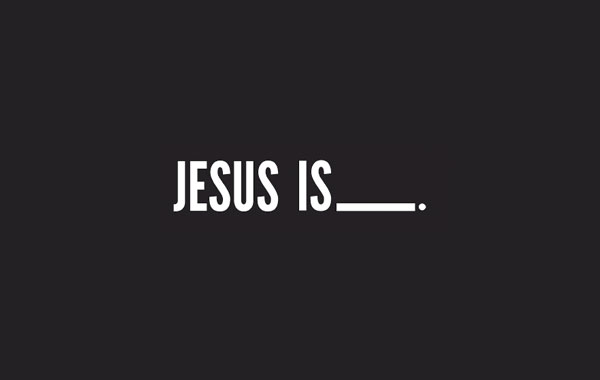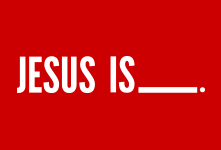Visible on my grilled cheese
In 1994, Florida resident Diana Duyser made herself an ordinary grilled cheese sandwich. She took one bite out of it, then stopped cold. “I saw a face looking up at me,” she said. “It was Virgin Mary staring back. I was in total shock.” Duyser said she surrounded the sandwich with cotton balls and stored it in a plastic container for a full decade. In that time, she said it never decayed — a detail she described as a “miracle.” And then, in 2004, Duyser put the holy sandwich up for sale on eBay. She made some cool cash from an Internet casino that paid a whopping $28,000 for the icon.
Closer to home, in 2003 a laundrette owner in Australia witnessed an apparition of the Virgin Mary – in the guise of a fence. One of the fence rails on Dolphin Point, just north of Coogee Beach, when viewed from a particular angle and distance, resembled a veiled woman. A local laundrette drew attention to it, and set up a gallery of photos to attract visiting “pilgrims”. When the illusion was reported in newspapers many (predominantly Roman Catholic) came daily to view what they interpreted as an apparition of Mary, the mother of Jesus. No particular supernatural powers were attributed to the shadow (dubbed “Our Lady of the Fence Post” by the media, a.k.a. “Rail Mary”) and interest waned within a few weeks. The section of fence that created the image was destroyed by vandals within days of it being publicised.
Such religious ‘miracles’ are awfully weak hoaxes. They can leave sceptics thinking the Christian faith is a blind faith. If such events are indicative of so-called miracles in the Bible, they say, then one need hardly take the Bible seriously. For example, the resurrection of a dead Jesus, can seem very hard to believe. But the Bible itself presents the resurrection as the proof Jesus is the divine Son of God, and the guarantee of the power of his death to rescue us. So in 1 Corinthians 15:14, the Bible agrees: “if Christ has not been raised, our preaching is useless and so is your faith.”
Yet the resurrection is not in the same category as grilled cheese and fence rails, as it’s dependent on a variety of eyewitness accounts which can easily be investigated in the many historical documents that have been preserved.
Lee Strobel is an Ameican example of an atheist who investigated the claims of the Bible. He had studied law and journalism and he was intrigued by his wife’s conversion to Christianity and the changes it brought. She invited him to church, where he heard the Christian message explained in an understandable way. He wrote, “While I didn’t believe it, I realized that if it were true, it would have big implications for my life. So I decided to use my journalism experience and legal expertise to investigate whether there was any credibility to Christianity. For nearly two years, I investigated science, philosophy, and history. I read literature, quizzed experts, and studied archaeology. On November 8, 1981, alone in my room, I took a yellow legal pad and began summarizing the evidence I had encountered. In light of the historical evidence for the resurrection of Jesus, I came to the conclusion that it would have required more faith for me to maintain my atheism than to become a Christian.” His most notable book since is The Case for Christ.
Have you done your own investigation? Don’t dismiss Jesus on the basis of strange stories about grilled cheese which no serious Christian accepts. Tackle the resurrection – because if you disprove that, then you disprove Christianity.



